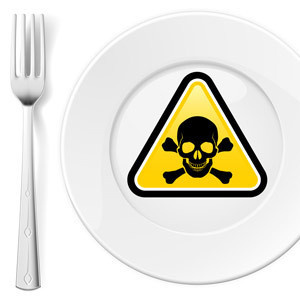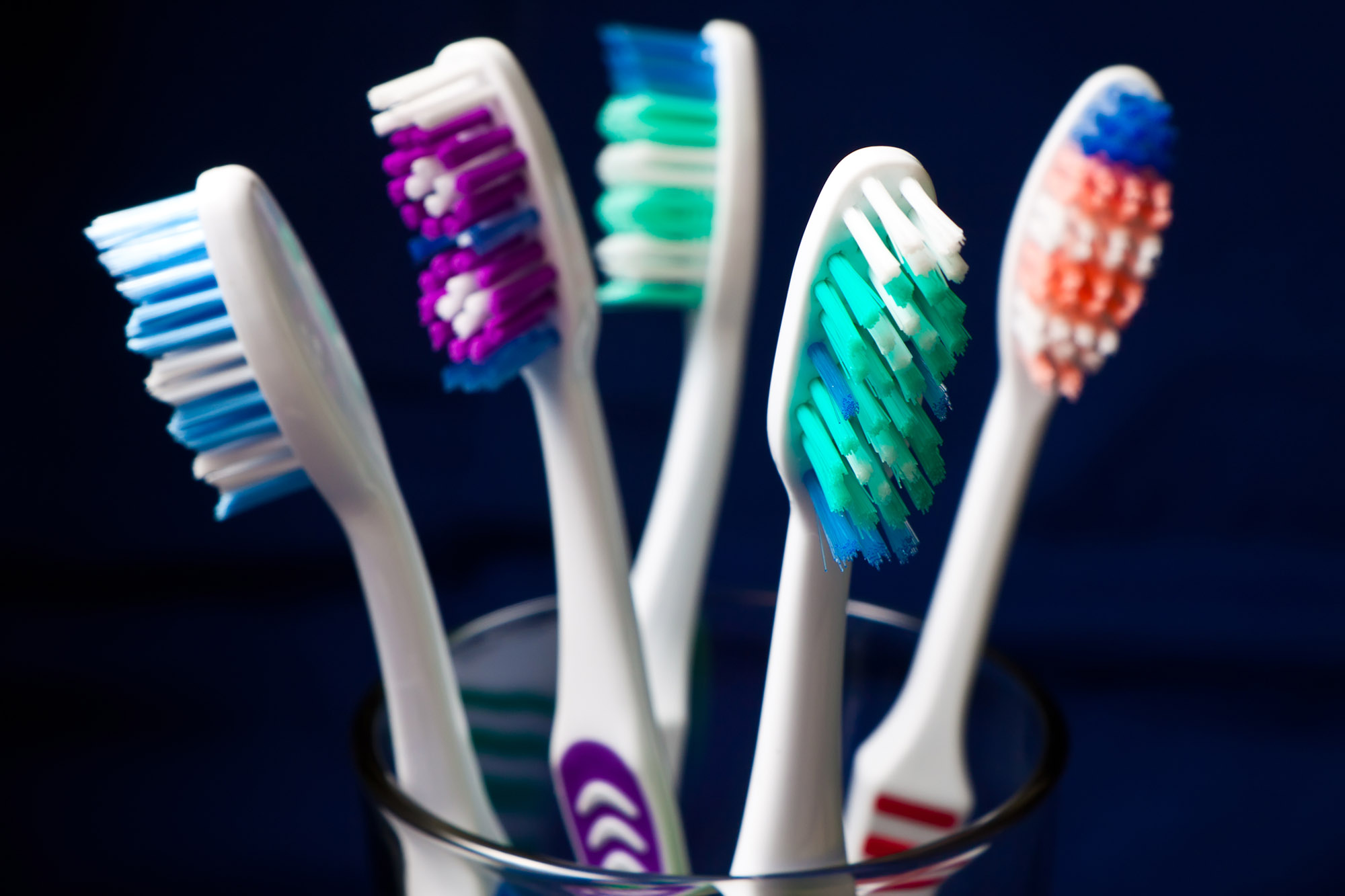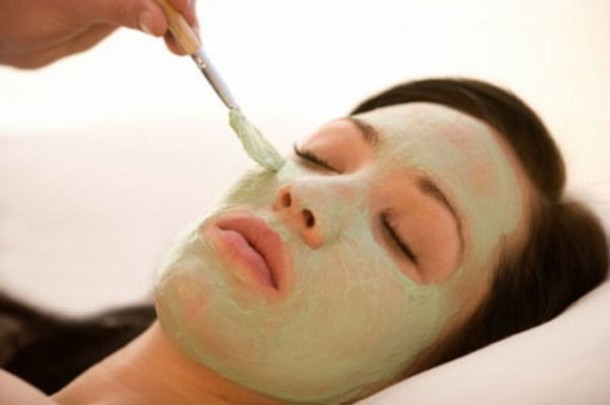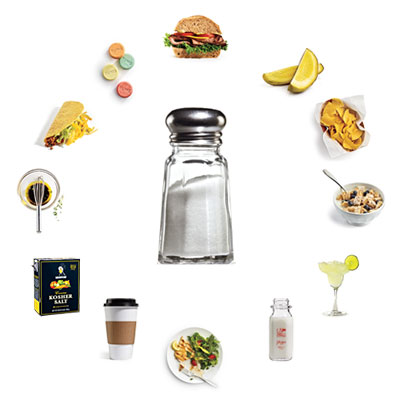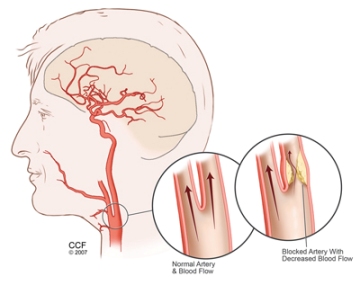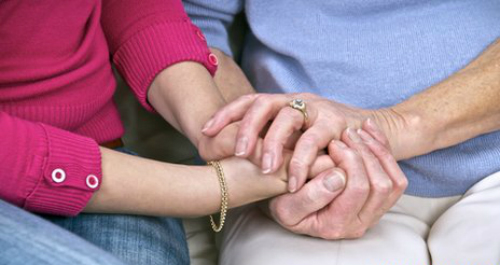We think about the cleanliness of our kitchens, but when was the last time you thought about the hygiene of a restaurant? Probably never. However, according to a study published in the Journal of Food Protection: More than 24,000 cases of foodborne disease outbreaks reported to the Centers for Disease Control and Prevention each year are associated with eating in restaurants or delicatessens. That’s a lot of people getting sick.
And don’t think because a restaurant is high end, it’s a safer bet. “A more expensive restaurant doesn’t necessarily mean a cleaner one. It’s more about the mindset of the management,” says New York City chef Margot Olshan, a culinary instructor of ServSafe, which trains restaurant staff across the country on best practices of food safety handling and preparation. In fact, a study by the Environmental Health Services (EHS) discovered that workers in independent restaurants were more apt to indulge in risky food preparation practices than those at chain restaurants.
So what should you watch out for?
1. Lemon wedges
A lemon wedge on your drink may seem zesty, but here’s the dirty truth: A study conducted by the Journal of Environmental Health found that swabs from 70% of them grew potentially harmful bacteria. Researchers couldn’t pinpoint the exact source of the contamination, but theorize that among other things, it “could have come from the fingertips of a restaurant employee via human fecal or raw-meat or poultry contamination.” (Can we all say, “EWWWWWW”?) Olshan also points out that the bartender, who is gloveless, is handling money, the cash register, bottles, and so forth. While the study only looked at lemons, you might want to also give a wide berth to other drink garnishes such as olives, limes, celery, and cherries.
2. Your seat
When Philip Tierno, Ph.D., clinical professor of microbiology and pathology at NYU’s Langone Medical Center, studied bacterial swabs taken undercover by ABC News to find the germiest places in a restaurant, the No. 1 offender was not the bathroom or anything in the kitchen. It was your chair seat. Around 70% of the seats tested had 17 different kinds of unhealthy bacteria on them including E. coli. While toilets are often sanitized, most chairs are never given anything more than a cursory flick to get rid of crumbs. (And while we’re at it, those menus aren’t exactly squeaky clean either. Dr. Tierno found bacteria on them that can cause staph infections and strep throat.)
3. Ice
You know the ice in your drink? Well the machine it comes from probably isn’t very clean—in fact, there’s a good chance it’s disgusting. An Indianapolis news station sampled ice at 25 local restaurants to be analyzed at a state-certified laboratory. Results: More than half tested positive for coliform bacteria—two of which were specific for E. coli. Nine had more bacteria than the newsroom’s toilet. Bacteria in the ice machine is caused by not cleaning the machines properly and workers not washing hands. And aside from the pathogens that come from not cleaning, the machines can have slime and mold growing in them, too. Next time, ask for your drink with no ice.
4. Vegetables & fruit
A study published in The Journal of Food Protection found that outbreaks of salmonella could be traced to tomato-handling practices in restaurants. Among the problems:
Produce-only cutting boards were not used in 49% of tomato-cutting observations
Gloves were not worn in 36%
Tomatoes were soaked in standing water, a practice not recommended by the FDA, in 18% of observations, and the temperature differential between the wash water and tomatoes did not meet FDA guidelines in 21% of observations.
Olshan notes that even though other produce were not studied, this is potentially a problem with all fresh food.
5. Handling meat
The EHS study found that many restaurants risked cross-contamination from raw chicken and beef. The team observed that in one eight-hour shift, more than half of workers did not always wear gloves while touching fresh food. Furthermore, between touching raw meat and poultry and touching ready-to-eat food:
25% of workers did not always wash their hands.
33% did not always change their gloves.
More than 50% of cooks did not usually use a thermometer to check if food was done.
And if you really want to get nauseated, 5% said they had worked while they had vomiting or diarrhea.
6. Buffet foods
Hot food must cool quickly to prevent bacterial growth. The FDA recommends that the process be done in the refrigerator at or below 41°F, or in ventilated, shallow pans (defined as 3 inches or less). However, the EHS study reported that:
Refrigerator temperatures were above 41°F 16% of the time.
Hot food was not put in shallow pans or properly ventilated more than a third of the time.
What you can do
Before you decide to eat tuna noodle casserole at home forever, there are ways to suss out an establishment’s hygiene regimen. Olshan suggests the following:
Check the walls. Restaurants that complete the ServSafe program receive a certificate. Also check for the health inspection report. “Use the reports as a guide only because judgment is subjective and some criteria are silly, but it does force dirty places to clean up,” says Olshan.
Avoid foods that contain raw eggs, which can harbor salmonella. Most commonly found in fresh Hollandaise sauce, Caesar salad dressing or homemade mayonnaise.
See if you notice food service workers wearing an apron to the bathroom or outside on a break.
Salad bars: There should be sneeze guards and salad tong handles should never be in the food. Cold food should be refrigerated and hot food should be on a steam tables.
Check to see if food service workers touch their hair or faces or use their cellphone. “Cellphones are filthy, if you think about it,” said Olshan. Tablecloths should be changed for every meal. Exposed tabletops should be cleaned by an implement that has been sanitized — look for a red bucket by cleaning station.
Ice should always be served with a handled scoop. If workers use a glass to scoop, there is a danger that glass chips will get in. A paper cup isn’t any better because it means their hands will touch the ice.
You can protect yourself by always washing your hands after you’ve ordered (and touched the contaminated menu). “Hand sanitizers can work in a pinch, but it is not as good as proper hand-washing,” said Olshan. That means use hot water, scrub for at least 30 seconds, and make sure to get all of your hands, not just the palms.
Source: grand parents


